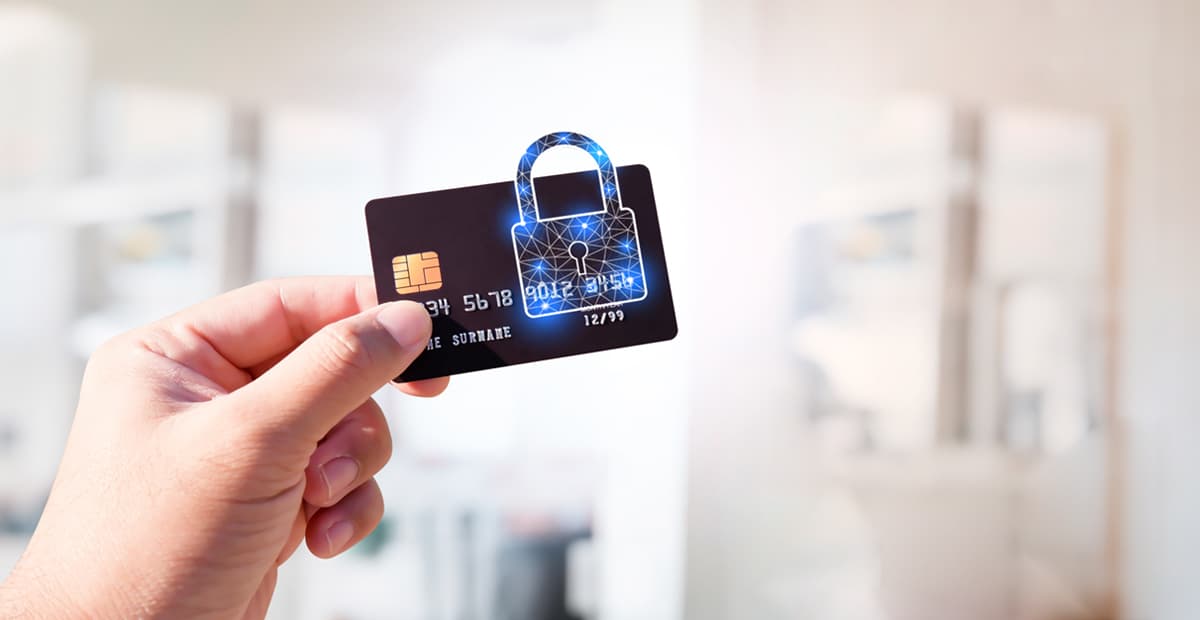Discover the benefits of EMV 3DS for a secure shopping experience
EMV 3DS offers a range of key benefits for both card issuers and cardholders, completely transforming the security and confidence of online transactions. With a focus on the customer experience, it uses advanced authentication to reduce friction, giving cardholders an unprecedented sense of confidence and convenience when making purchases.
The implementation of fraud prevention measures through an authentication flow significantly reduces the risk of unauthorized transactions, ensuring comprehensive protection for issuers and cardholders. Robust authenticated transactions reduce chargebacks and optimize operational efficiency, reducing costs associated with the eCommerce operation.
EMV 3D Secure: significant evolution for greater security
In its versions 2.1 and 2.2, the EMV 3D Secure security protocol presents a significant evolution to strengthen the security of non-present card transactions and improving user experience.
Differences between 3DS1 and 3DS2
SCA Compliance:
While 3DS1 introduced Strong Customer Authentication (SCA) measures, both 3DS 2.1 and 3DS 2.2 represent a significant evolution by meeting more advanced SCA requirements, providing more robust fraud protection.
Soft declination recognition:
Unlike 3DS1, 3DS2 can identify soft declines, reducing the possibility of outright rejection or abandonment of transactions.
Differences between versions 2.1 and 2.2
Waiver Capability:
Both versions support risk-based waivers, however, 3DS 2.2 allows commerce to request waivers through their acquirer, including Transaction Risk Analysis (TRA) and low-risk waivers.
Transaction Risk Analysis (TRA):
Evaluates factors such as user behavior, transaction history, location and transaction type to determine the likelihood of fraud, using the information gathered to make informed authentication decisions and apply additional security (friction) measures if necessary.
New in 3DS 2.2: delegated and decoupled authentication
- Delegated authentication: : allows third parties to perform authentication, reducing friction and improving the customer experience.
- Decoupled authentication:allows the user to authenticate separately, even offline, providing flexibility in transaction authorization.
This protocol also benefits eCommerce owners by entering into a liability transfer scheme for dispute management. Although authentication may generate a slight decrease in conversion rate, the benefits in fraud reduction, user-centric experience, as well as control and flexibility, provide further support and security to protocol participants. It also complies with regional regulations, providing an additional layer of security and compliance.
"Risk shifting is not only a defensive strategy, but also an offensive one. It allows commerce to explore new possibilities to increase their sales, focusing on their business without concerns about the risk of fraud in authenticated transactions."
Ricardo Pinillos, product and innovation manager, Evertec

